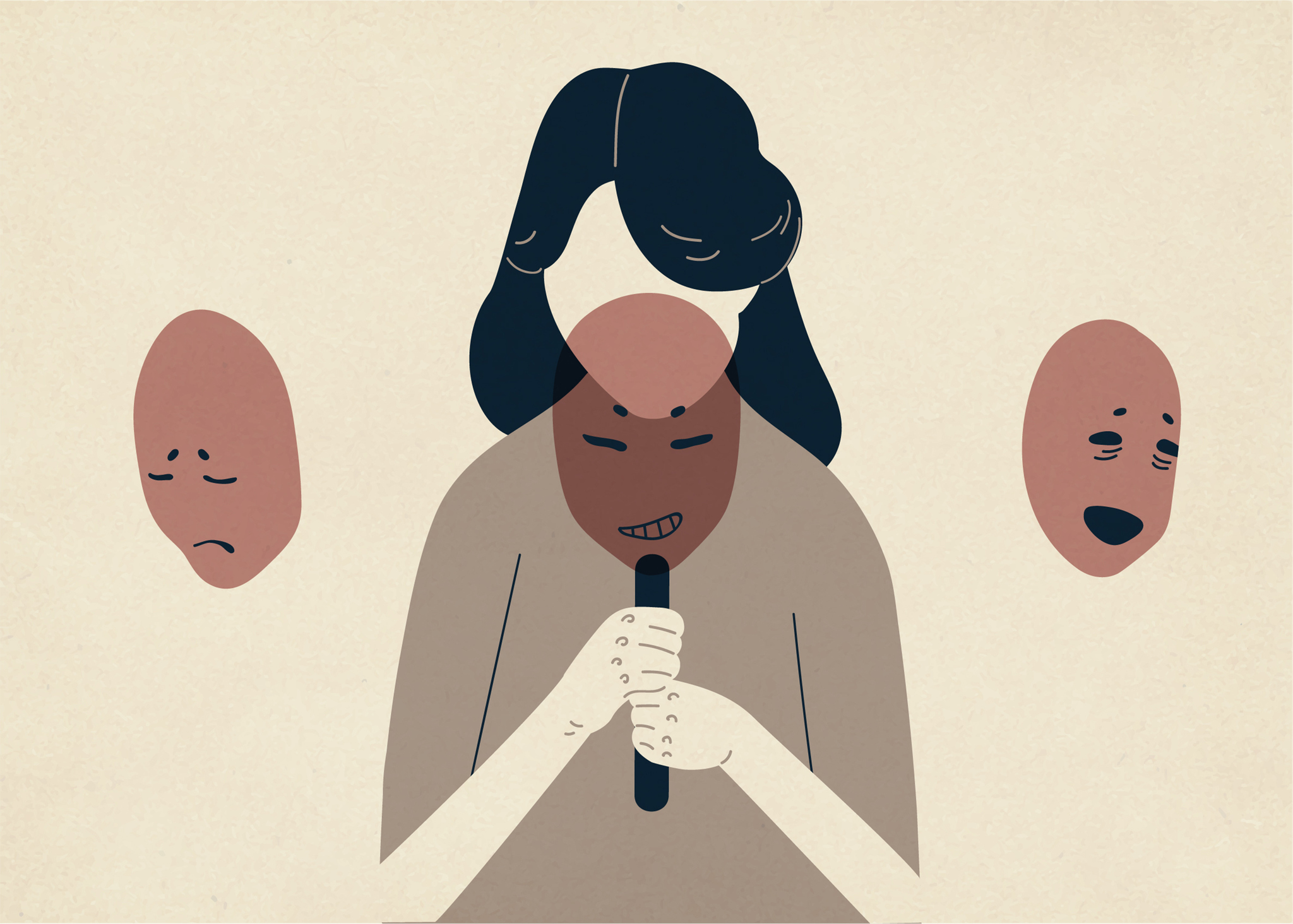‘Gaslighting’ has been named Merriam-Webster’s word of the year for 2022. But what does it really mean, and how can you spot the signs of it happening to you?
Between the tweets, TikToks and therapy sessions teaching us all about toxic relationships and red flags, it’s clear that the way we’re treated by others has been firmly planted in our consciousness this year. Our fascination is so much so that dictionary Merriam-Webster evennamed their word of the year for 2022 as “gaslighting”.
But for a term that’s bandied around so commonly, what does it actually mean? Gaslighting has received more air time over the last few years than ever before, thanks to the way TV shows like Love Island and Lie With Me have dissected negative relationship behaviours as they happen in front of us on screen.
But although you may be familiar with it in external contexts, it can still be hard to recognise it happening in your relationship. You see, gaslighting is a particularly manipulative form of abuse which, although it might not use physical violence, the mental and emotional abuse can be just as harmful. In fact, some of the most destructive behaviour in a relationship can be slowly insidious, taking the form of mental manipulation that gradually creeps up on a person, making it easy to normalise.
Taking its name from the 1938 Patrick Hamilton play Gaslight, later adapted for screen in 1940 and 1944, the word refers to a particularly subtle form of psychological manipulation. In the play a husband slowly tries to convince his wife that she’s insane, turning the gaslights in their house up and down but claiming not to notice, to avoid detecting suspicion for a murder he’s committed. Essentially, gaslighting is a form of mental deception that, over time, causes a person to doubt their own perception of the world around them.
But gaslighting is a very modern problem, too. According to YouGov data, 33% of women have previously been called “crazy” or “insane” by a romantic partner, and 74% of female victims of domestic violence also experienced gaslighting from their partner or ex-partner.
Back in 2015, charities including Women’s Aid issued warnings about the behaviour of Love Island contestant Adam Collard, particularly his insistence that his then-girlfriend Rosie Williams was overacting or imagining that he was ignoring and intentionally upsetting her.
“On the latest series of Love Island, there are clear warning signs in Adam’s behaviour. In a relationship, a partner questioning your memory of events, trivialising your thoughts or feelings, and turning things around to blame you can be part of a pattern of gaslighting and emotional abuse,” chief executive of the group Katie Ghose explained in a statement. “Last night, Rosie called out Adam’s unacceptable behaviour on the show. We ask viewers to join her in recognising unhealthy behaviour in relationships and speaking out against all forms of domestic abuse – emotional as well as physical. It is only when we make a stand together against abuse in relationships that we will see attitudes change and an end to domestic abuse.”
And when Collard re-appeared on the show in 2022, the charity once again called out his history of abusive behaviour. “We hope that ITV recognise how serious this issue is and that it must be learned from, considering they have asked Adam to return to the show. Love Island is watched by many young people and we know what a huge influence it has. Producers must make sure there is support for contestants throughout, and intervene if relationships become unhealthy or abusive,” it said in a statement at the time.
How can you recognise gaslighting?
Spotting that you’re being gaslighted is difficult enough. After all, a gaslighter’s MO is to make you question your reality and experience, all to align you with their own insidious narrative of events. But once you have recognised the signs, it can be equally hard to take action.
“From our work with survivors, we know that perpetrators of domestic abuse will use every tactic available to them to try to exert power and control over victims. Gaslighting is one tactic of coercive and controlling behaviour that aims to make a victim doubt themselves, their perception of events and even their own sanity, with devastating consequences,” Ghose told Stylist.
“Gaslighting is an insidious form of domestic abuse that is, by its very nature, sometimes difficult for victims to recognise and build up the confidence to escape from. Some of the gaslighting techniques that abusers use to control and exert power over victims include calling into question the victim’s memory of an incident, trivialising a victim’s thoughts or feelings, accusing the victim of lying or making things up, denying things like promises that have been made, and mocking the victim for their ‘misconceptions’.
“This form of abuse can be subtle therefore some of the signs to watch out for include: if you are second-guessing yourself all the time, feel confused, find yourself always apologising to your partner, you are having trouble making simple decisions and find yourself withholding information from friends and family so you don’t have to explain or make excuses for your partner.”
Can gaslighting happen in the workplace, too?
Gaslighting doesn’t just happen in our personal lives, it’s prevalent in the workplace, too. In 2019,a Twitter poll of 3,033 people aged between 18 and 54 found that 58% of respondents have experienced what they consider to be gaslighting during their working lives.
“Many people think of it in terms of a power dynamic,” clinical psychologist, Dr Mary C. Lamia, tells Stylist. “[Gaslighting] often plays a part in the workplace in competitive situations, where one person wants to get ahead and they’re pushing somebody aside. Or when one person wants their way, or there’s an agenda that someone in an organisation wants to carry out, and another person may present an obstacle. So [gaslighting] helps them to push them [out of the way].”
“Anyone in any relationship can be a gaslighter. But typically, the person doing the gaslighting is in a more powerful position within the relationship, or is perceived to be in a more powerful position, by the gaslighting victim,” Dr Robin Stern, author of The Gaslight Effect, previously told Stylist. “So when you are in a hierarchy like work, where you have managers and bosses, it’s a more fertile ground for gaslighting.”
However, gaslighters are present in all walks of life, and in all types of their relationships, but their toxicity can be surprisingly tricky to see. People who try to take ownership or make judgements over your emotions are just one early warning sign; because your feelings belong solely to you.
Women’s Aid works hard to raise awareness of all forms of abuse and offer expert support to those who are experiencing it and their friends and family. If you are worried that your relationship, or that of a friend or family member, is controlling or unsafe, visit womensaid.org.uk or call the Freephone 24/7 National Domestic Violence Helpline, run by Women’s Aid in partnership with Refuge, on 0808 2000 247.
Images: Getty Images
Source: Read Full Article


